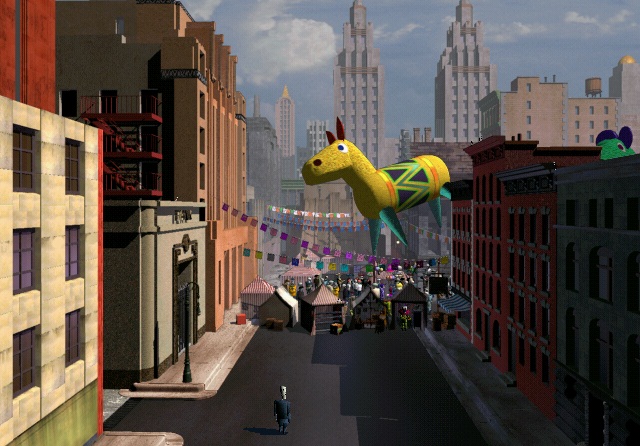
There’s a vast scope of content that can be covered in a blog about video game architecture. From the recreation of real-world-based cities in the Grand Theft Auto series, the exploration of fantastical habitats in the BioShock series and the planning involved in SimCity and Minecraft – there’s a constant overlap between the architectural and video game worlds, both in the way they’re designed and how they’re experienced.
A poorly designed building may, among many other potential negatives, not make economic usage of its available space, not make use of natural lighting and leave its occupants disorientated. In a worse-case scenario, a poorly designed building may lead to injury or even death. However, these aspects may actually be requirements of a building, for instance in a maze, funhouse or prison. Many of these pitfalls can also apply to a video game level, space or building, and will have a major effect on how they’re experienced.
Another consideration is the effect the style of architecture and art direction has on its user/player. The Brutalist and monolithic structures of the Unreal and Halo series, the Art Deco of Grim Fandango and BioShock, the Art Nouveau of Transistor and the Googie of Fallout all have a specific influence on how they’re experienced. This is an area I find of particular interest and is one I’ll continue to explore in the future.
There are also various questions that may arise when discussing the subject, such as:
- Is video game architecture actually architecture?
- Does video game architecture hold any benefits over real-world architecture?
- Will video games ever be viewed as art, or with the same respect as architecture?
- Can architectural professionals transfer their skills to video game development and vice versa?
- How will virtual reality affect both realms?
These are all areas and questions I look forward to exploring over the course of the blog. Over the coming days, to help get Video Game Architecture up and running, I’ll be reposting relevant pieces from Thunderbolt and linking to interesting articles covering video game architecture from other websites.
